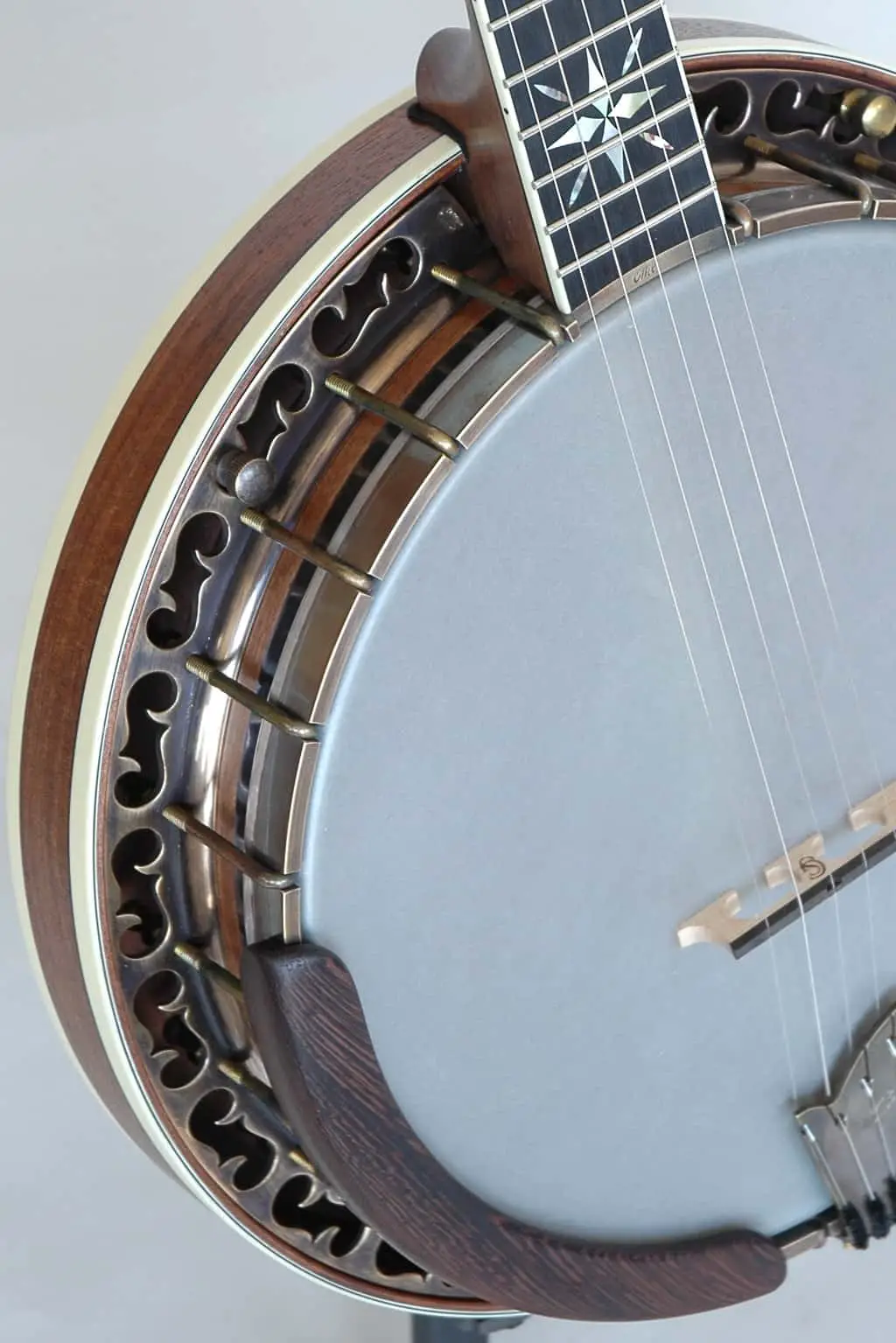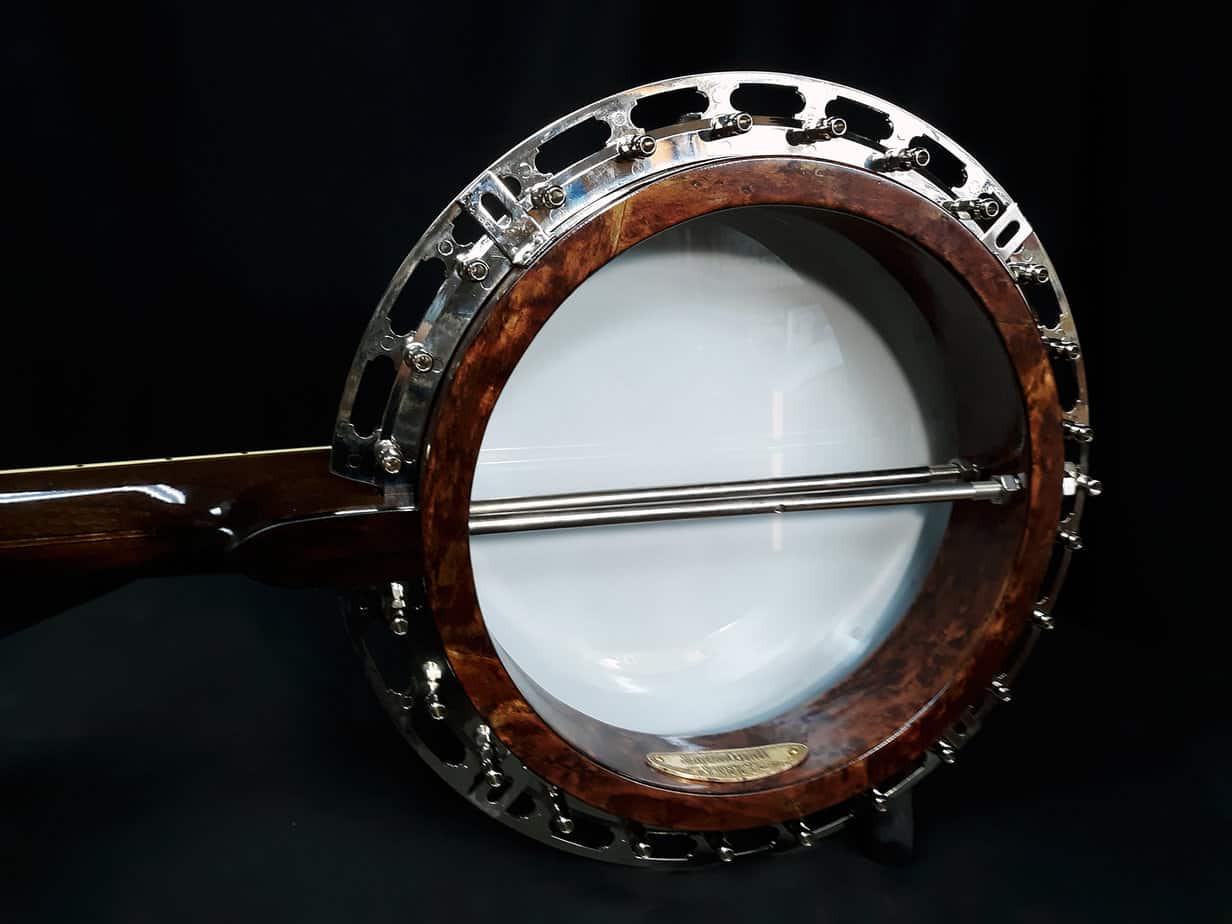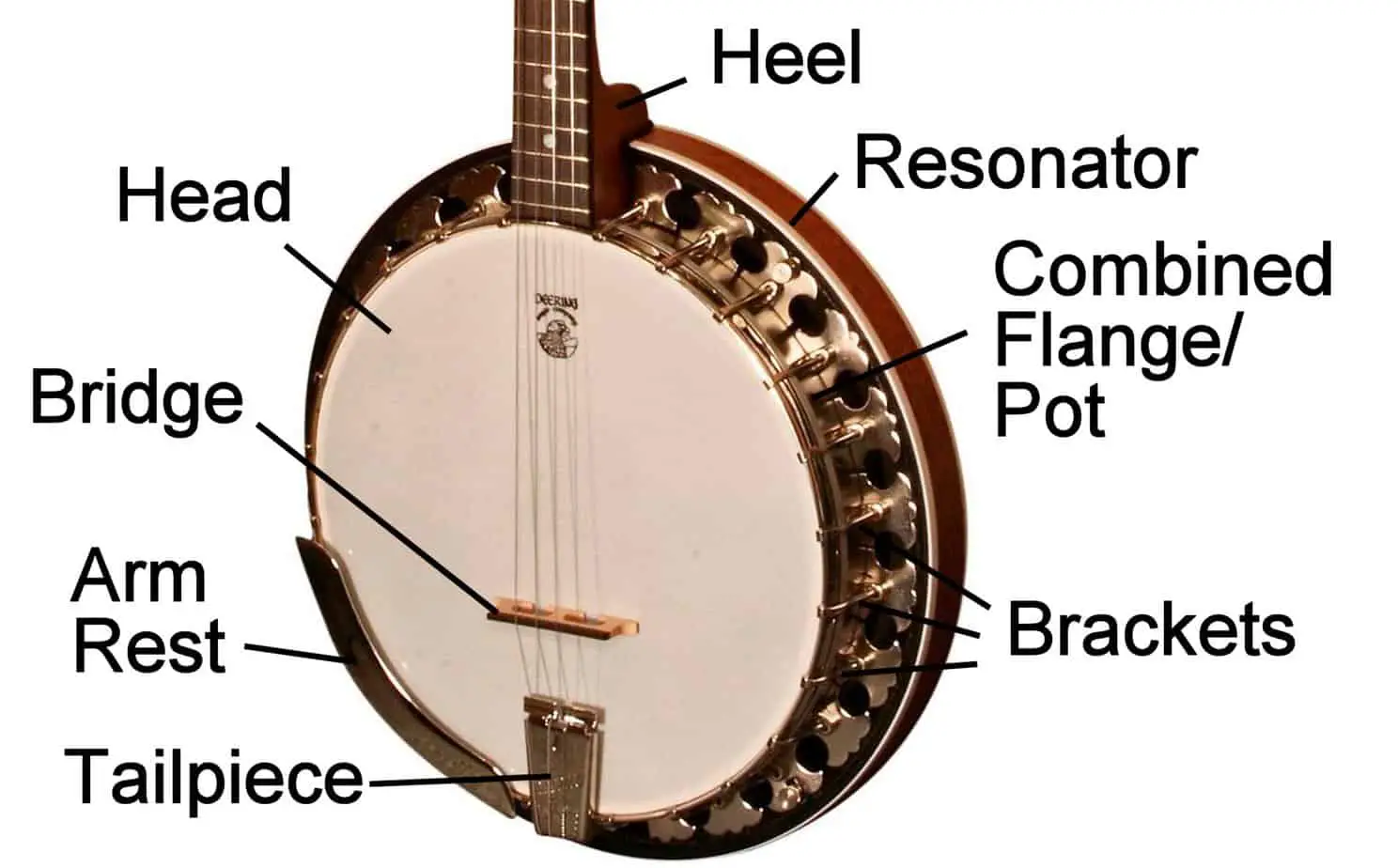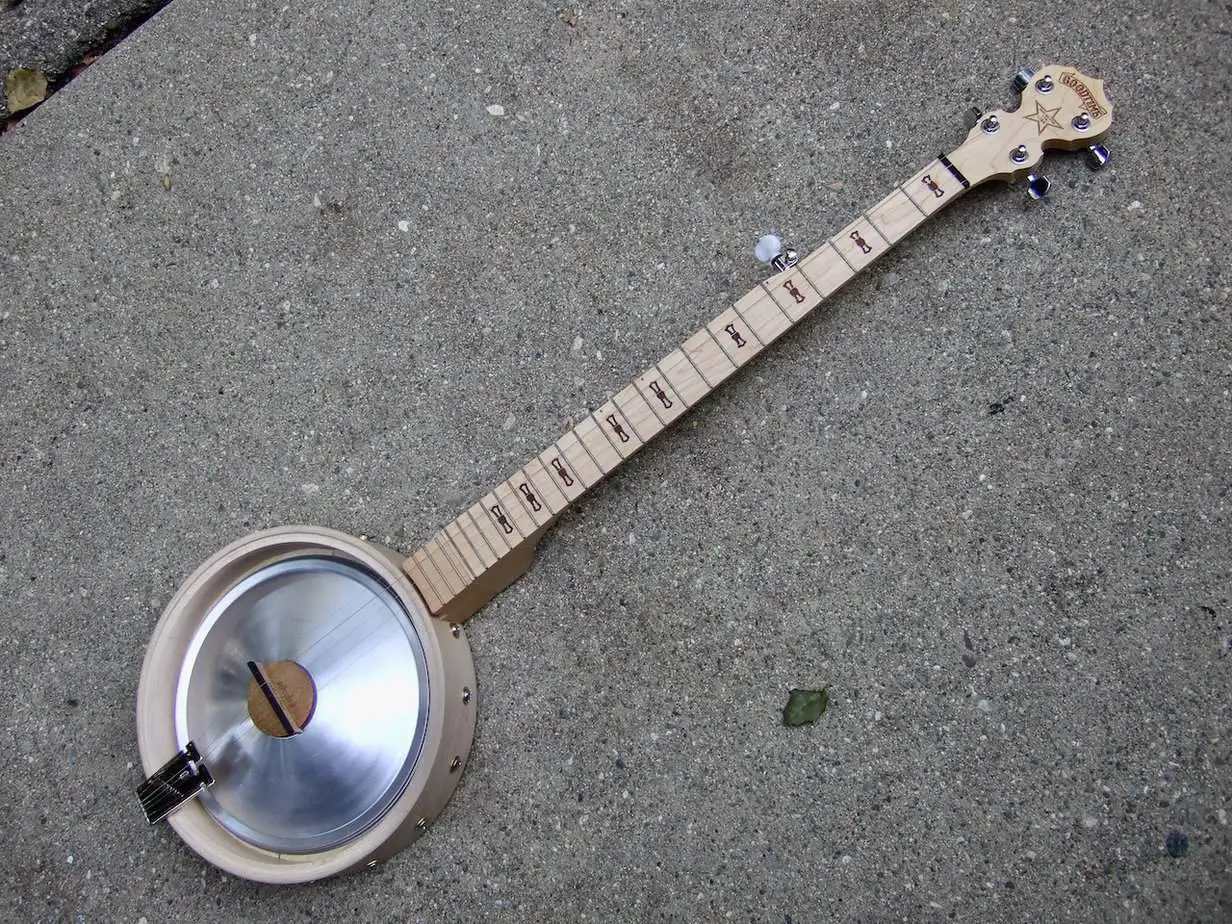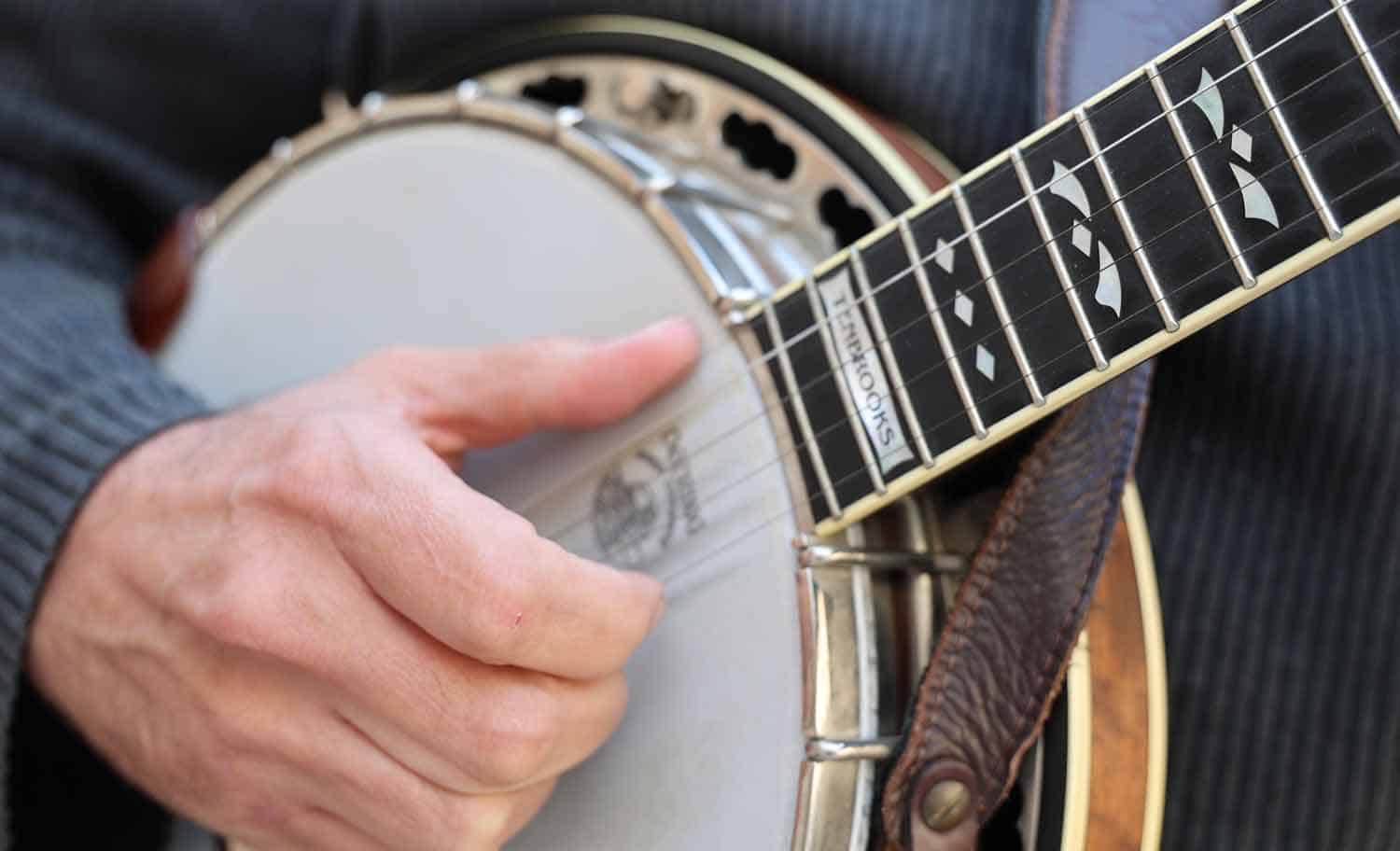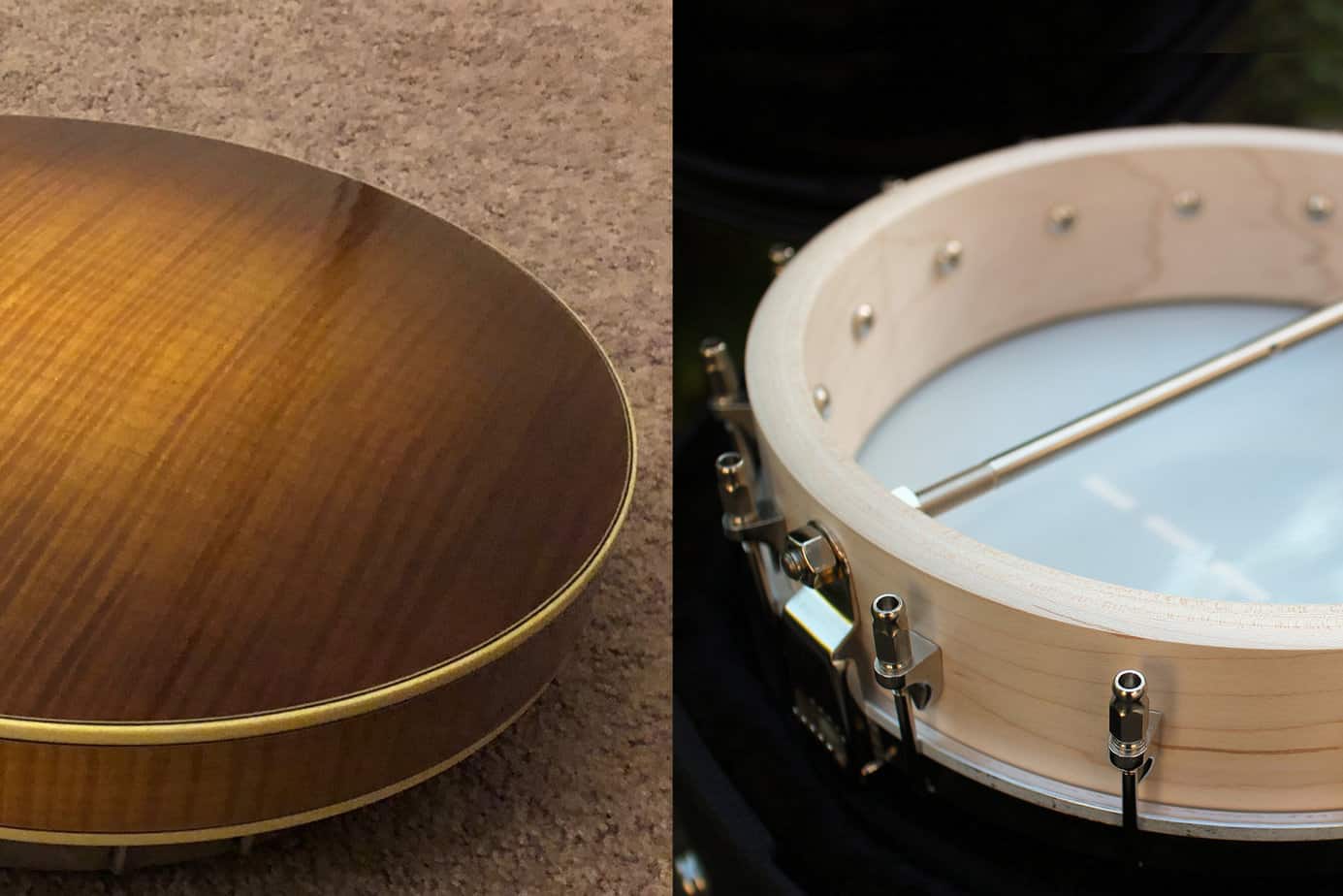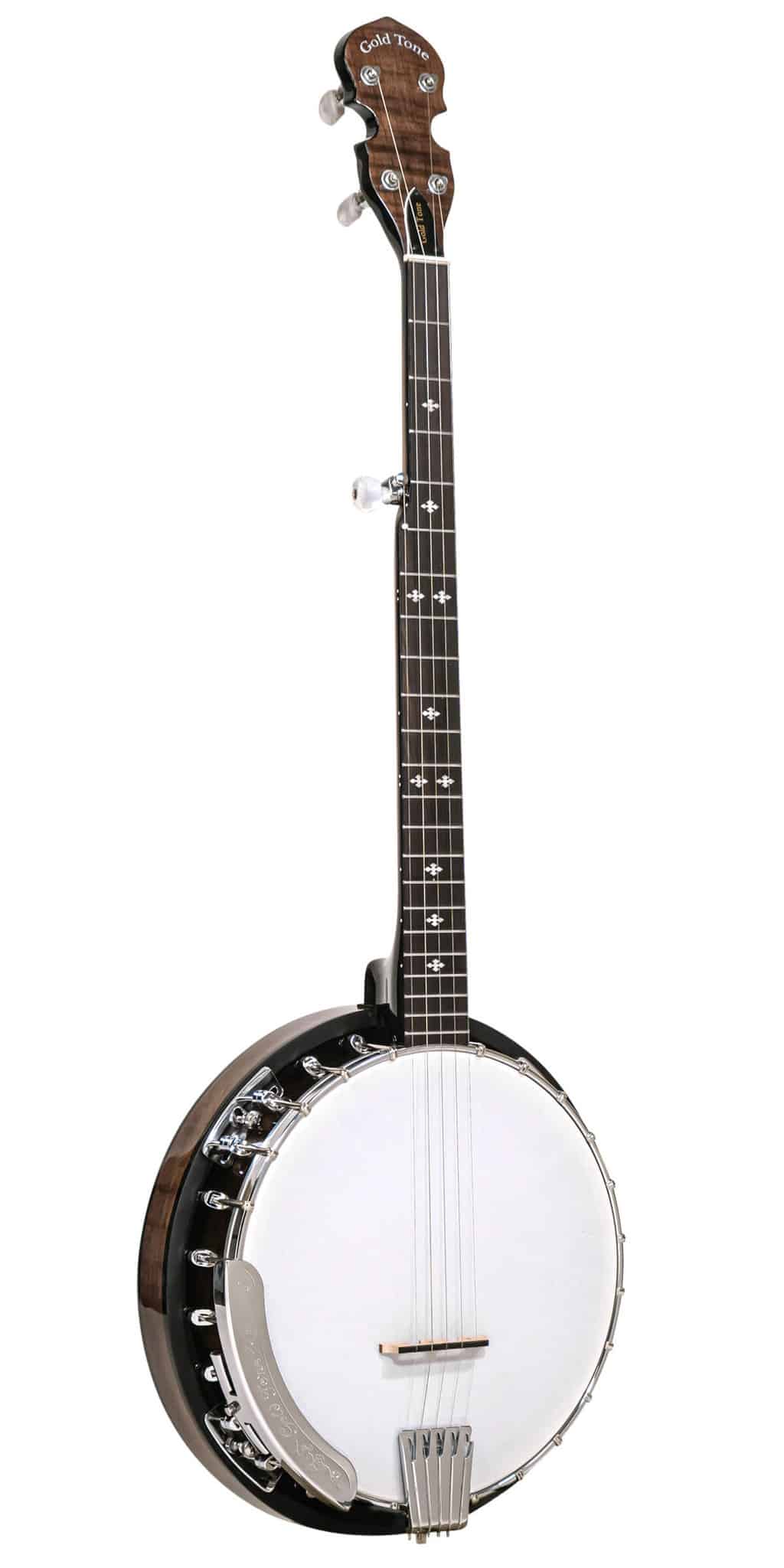Have you ever heard the unique sound of a resonator banjo? If you haven’t, you’re missing out on one of the most distinct and beautiful musical instruments in the world. In this article, I’m going to explain what a resonator banjo is and the rich sound it produces.
History of Resonator Banjo
The resonator banjo was first developed in the early twentieth century in response to the need for a louder banjo sound. Before this development, banjos were limited in volume, as they were meant to be played in small, intimate settings. The resonator banjo was designed to project sound further than the traditional open-back banjo, so it could be heard in larger venues.
The resonator banjo was first produced in the 1920s by the Gibson Guitar Company, who developed the first model. This model featured a resonator plate on the back of the banjo, which increased the banjo’s volume and projection. The resonator plate was made of wood and was designed to vibrate in response to the strings.
By the 1930s, resonator banjos had become a popular instrument, and were found in blues, jazz, and bluegrass music. The resonator banjos of this time period were made with a variety of materials, including steel, brass, aluminum, and wood. The resonator banjo was also used in early country music, and was popularized by performers such as Roy Acuff and Ernest V. Stoneman.
In the 1950s, the resonator banjo was further developed with the introduction of the “tone ring”. This was a metal ring that was placed between the banjo head and the resonator plate. The tone ring was designed to improve the sound of the banjo and to give it a brighter, more consistent tone.
Today, the resonator banjo is still a popular instrument, and is used in many different genres of music. It is most commonly associated with bluegrass, but is also used in folk, country, blues, and jazz. Resonator banjos are now available in a variety of styles and sizes, making them a great option for any musician.
Types of Resonator Banjo
- Open Back Resonator Banjo: This type of banjo has a hollow body with no resonator plate. It produces a mellow, gentle sound.
- Closed Back Resonator Banjo: A closed back resonator banjo has a flat resonator plate attached to the back of the banjo, which gives it a more focused and louder sound than the open back banjo.
- Fretless Resonator Banjo: This type of banjo has no frets, making it easier to play, but it also has a less focused sound.
- Electric Resonator Banjo: This type of banjo has a built-in pickup, allowing it to be plugged into an amplifier and played through a PA system. Its sound is louder and more focused than an acoustic banjo.
Components of a Resonator Banjo
A resonator banjo consists of a head, a rim, a resonator, a bridge, strings, a tailpiece, and a neck. The head is the drum-like surface at the top of the banjo that is made of either plastic or calfskin and is used to create the sound of the banjo. The rim is the metal cylinder that the head is attached to and is responsible for the overall shape of the banjo. The resonator is the metal disc that is attached to the back of the banjo, and it helps to amplify the sound of the banjo. The bridge is the piece of wood that is placed between the head and the tailpiece, and it helps to transmit the sound produced by the strings to the head. The strings are the metal wires that are stretched across the head and the bridge, and they are responsible for producing the sound of the banjo. The tailpiece is the metal plate that is attached to the end of the banjo, and it helps to keep the strings in place. Finally, the neck is the long wooden piece that is connected to the head and the body, and it is used to play the banjo.
Resonator Banjo Construction
A resonator banjo is a style of banjo that is typically characterized by a larger, hollow body. This hollow body is most commonly made with either brass or aluminum and is fitted with a resonator plate. The resonator plate is usually made of either brass or steel, and functions to amplify the sound of the banjo. In addition to the resonator plate, a resonator banjo typically features a pot assembly, a tension hoop, a tailpiece, and a tone ring. The pot assembly is the part of the banjo that holds the head, neck, and resonator together. The tension hoop is the metal ring that tightens the head of the banjo. The tailpiece is the part of the banjo that holds the strings in place. Finally, the tone ring is the ring that lies between the head and the pot assembly and functions to produce a better sound.
One of the advantages of a resonator banjo is that it is louder than a traditional banjo. This makes it a popular choice for live performances and for recording due to its ability to project sound further. Resonator banjos are also more durable than traditional banjos due to their solid construction and are often favored by bluegrass players.
Pros and Cons of Resonator Banjo
Pros of resonator banjos include increased volume, greater projection, increased sustain, and brighter tone. The metal resonator enhances and projects the sound of the banjo, making it louder and brighter than an open-back banjo. The louder sound is useful in live performance, allowing the banjo to really shine in a band setting. The brighter and more sustained sound of the resonator banjo also allows for more complex and intricate playing.
Cons of resonator banjos include greater weight, higher cost, and a more limited range of sound. The presence of the metal resonator adds extra weight to the banjo, making it slightly more cumbersome to play. Resonator banjos also tend to cost more than open-back banjos due to the extra materials and workmanship involved in their construction. Finally, the sound of a resonator banjo is more limited than that of an open-back banjo, as the resonator does not allow for the same range of tones and articulations.
Resonator Banjo Sound
| Type | Sound |
|---|---|
| Standard banjo | Bright, twangy and cutting sound |
| Resonator banjo | Fat, round and mellow sound |
A resonator banjo is an acoustic instrument, which produces sound by the vibrations of a metal resonator and the banjo head. This creates a warmer, mellower and richer tone than a standard banjo, which produces a bright, twangy and cutting sound. By using a resonator, the sound is projected further and is louder than that of a standard banjo. Resonator banjos are preferred by many bluegrass musicians, as they are louder and fuller in sound, which helps them stand out in a band setting.
Playing Resonator Banjo
| Steps | Description |
|---|---|
| 1 | To begin, tune the strings of the banjo to the pitch of the desired song. |
| 2 | Strum the banjo with a pick, alternating between the G string (the short one at the bottom) and the other strings. |
| 3 | Practice playing simple melodies, starting with the G string and then playing the other strings in sequence. |
| 4 | Gradually add more complicated chords, picking more strings at once to create a fuller sound. |
| 5 | As you become more comfortable with the instrument, experiment with different techniques, such as hammering on and pulling off strings. |
| 6 | Finally, practice playing the song in its entirety until it is perfected. |
Playing resonator banjo is relatively straightforward and requires only a few basic steps. Begin by tuning the strings of the banjo to the desired song. Strum the banjo with a pick, alternating between the G string and the other strings. Practice playing simple melodies, starting with the G string and then playing the other strings in sequence. Gradually add more complicated chords, picking more strings at once to create a fuller sound. As you become more comfortable with the instrument, experiment with different techniques, such as hammering on and pulling off strings. Finally, practice playing the song in its entirety until it is perfected.
Care and Maintenance of Resonator Banjo
- Keep the banjo clean and free of dirt and debris after each use.
- Regularly check the strings and replace them if they are worn or broken.
- Check the tuning pegs and replace if they are loose.
- Check the bridge and make sure it is properly secured.
- Clean and lubricate the fretboard regularly.
- Check the head of the banjo for cracks and wear and tear.
- Make sure the resonator is properly secured and that all screws are tight.
- Check the tone ring and make sure it is not cracked or damaged.
- Check the tailpiece and make sure it is properly secured.
- Store the banjo in a dry place, away from direct sunlight and extreme temperatures.
Frequently Asked Questions
What makes a resonator banjo unique?
A resonator banjo is distinct from other banjos in that it has a metal resonator attached to the back of its resonator cone. This resonator amplifies the sound of the strings and produces a louder, brighter tone than other banjos. The metal resonator also gives the resonator banjo a distinctive look, setting it apart from other banjos.
How does a resonator banjo create a distinctive sound?
A resonator banjo is a type of banjo that produces a unique sound due to its metal resonator plate on the back of the instrument. This resonator plate amplifies the sound of the strings and gives the banjo a bright, metallic tone. The resonator also helps to project the sound of the banjo further, making it louder than an open-back banjo. The combination of the resonator plate and the bright tone of the banjo strings create the distinctive sound of a resonator banjo.
How does a resonator banjo differ from a traditional banjo?
A resonator banjo has a metal resonator affixed to the back of the banjo’s neck, which amplifies the sound of the instrument. The resonator helps to project the banjo’s sound outward, making it louder and clearer than a traditional banjo. As a result, resonator banjos are often used in bluegrass, country, and other genres of music that require a loud and powerful sound. Additionally, resonator banjos have a different setup than traditional banjos, with a different neck angle and bridge position, as well as a choice of either 5-string or 6-string tuning.
What are the Benefits of Playing a Resonator Banjo?
Playing a resonator banjo offers a unique sound that is louder than an acoustic banjo, making it great for performances. The metal resonator helps project the sound of the banjo, giving it a bright and clear tone. Resonator banjos also have a longer sustain, allowing the player to hold a note for a longer period of time. Additionally, resonator banjos are often lighter than an acoustic banjo, making them easier to transport and play.
What is the history of resonator banjos?
Resonator banjos were first introduced in the early 1920s by the Gibson company as a louder alternative to the traditional open-back banjos. The resonator banjo was designed to project the sound of the instrument, which was especially important for early country and bluegrass music, which was often played outdoors to large crowds. The resonator banjo quickly became the preferred instrument for country and bluegrass music and remains popular today.
Conclusion
The resonator banjo is an incredibly unique and beautiful instrument that can bring a unique and complex texture to any musical arrangement. Its unique sound is created by the metal resonator which serves to amplify and project the sound of the banjo outward. This makes it a great choice for any musician looking to add a unique and powerful sound to their repertoire. With its unique design and sound, the resonator banjo is a great choice for any musician looking to add a unique touch to their musical compositions.

